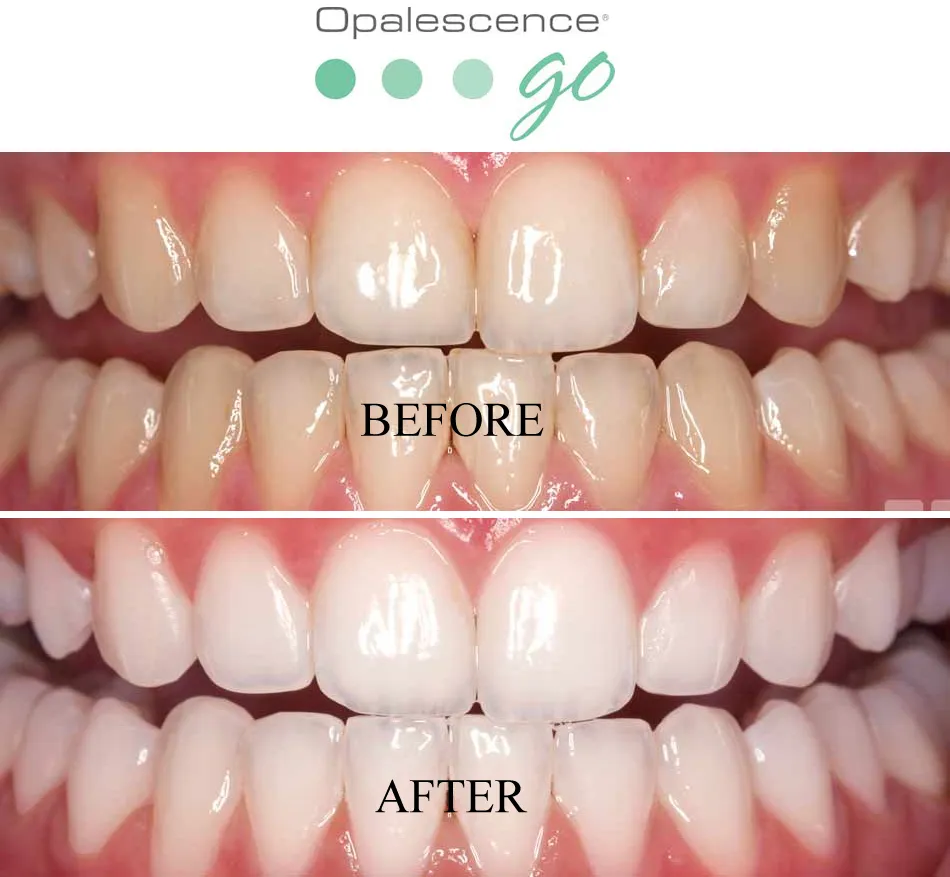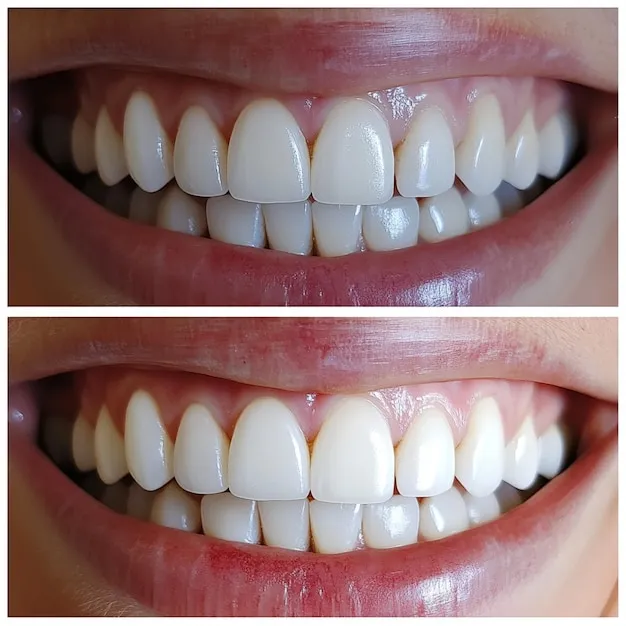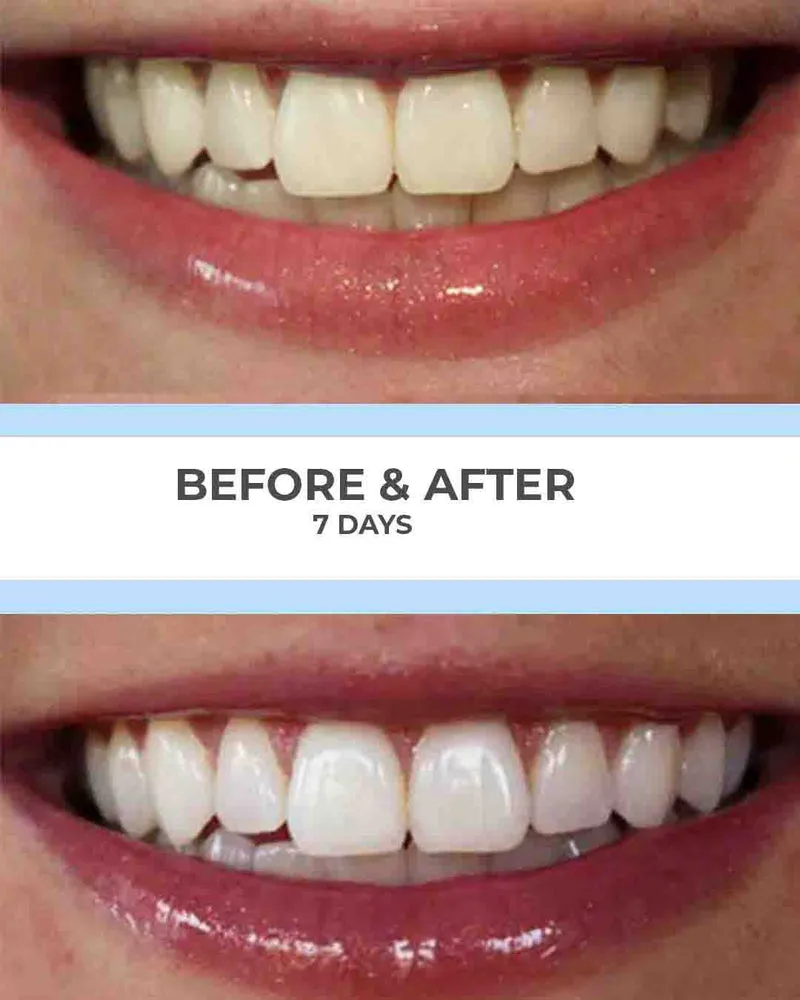Understanding Quick Teeth Whitening
The desire for a brighter, whiter smile is nearly universal, and thankfully, achieving quick teeth whitening results is more accessible than ever. However, it’s essential to understand the different methods available and what to realistically expect. Quick teeth whitening focuses on treatments and techniques that provide noticeable changes in a relatively short period, often within days or weeks. This doesn’t mean a perfect, permanent solution in every case, but rather a significant improvement in the shade of your teeth. It’s about choosing effective strategies and setting realistic expectations. Several factors influence the speed and efficacy of teeth whitening, including the type of stains, the chosen whitening method, and individual tooth enamel characteristics. Some people naturally have whiter teeth than others, and their teeth may respond differently to whitening treatments. Knowing these factors helps you navigate the options and make informed decisions for your smile.
What Causes Tooth Discoloration
Before diving into quick teeth whitening solutions, understanding the root causes of tooth discoloration is crucial. Tooth discoloration can result from a variety of factors, broadly categorized into surface stains and intrinsic stains. Surface stains, also known as extrinsic stains, affect the enamel surface and are often caused by dietary choices and habits. They are generally easier to treat and remove. Intrinsic stains, on the other hand, originate from within the tooth structure, either the dentin or deep within the enamel. These stains can be more challenging to address and may require more intensive whitening methods.
Surface Stains

Surface stains are typically caused by the accumulation of chromogens, or color-producing compounds, that stick to the enamel surface. Common culprits include coffee, tea, red wine, and certain dark-colored fruits and vegetables. Smoking and chewing tobacco also contribute to surface stains due to the presence of nicotine and tar. These stains can often be removed or lightened with over-the-counter whitening products or professional cleanings. The longer these stains remain, the more they can penetrate the enamel and become more difficult to remove. Practicing good oral hygiene, including regular brushing and flossing, can help prevent these stains from setting in the first place.
Intrinsic Stains
Intrinsic stains originate within the tooth’s structure and are often more complex to treat. These stains can be caused by several factors, including aging, genetic predisposition, trauma to the tooth, certain medications (like tetracycline), and excessive fluoride exposure during childhood. Sometimes, these stains can also be caused by the natural aging process. As we age, the enamel thins, and the underlying dentin, which is naturally more yellow, becomes more visible. Treating intrinsic stains often requires more advanced whitening techniques or cosmetic dental procedures such as veneers or crowns. The effectiveness of whitening methods for intrinsic stains can vary depending on the stain’s severity and cause, so it’s essential to consult with a dentist to determine the best approach.
Top 5 Quick Teeth Whitening Methods
Now, let’s delve into the top 5 methods for achieving quick teeth whitening. These methods range from professional treatments to at-home solutions, each with its own set of advantages and considerations. It’s essential to evaluate your individual needs, preferences, and budget before choosing a method. For the best results, a combination of professional treatments and diligent at-home care can often be most effective. Remember that consulting with a dentist is always a good idea to ensure the chosen method is appropriate for your oral health condition and to discuss any potential risks or side effects.
Professional Teeth Whitening

Professional teeth whitening, performed by a dentist, is often the quickest and most effective way to whiten teeth. In-office treatments usually involve a high concentration of hydrogen peroxide or carbamide peroxide. The dentist applies the whitening agent directly to the teeth, which is then activated with a special light or laser. The entire process typically takes about an hour, and patients can often see results immediately. This method offers the most dramatic results in the shortest amount of time and is ideal for those who want significant improvement quickly. Professional treatments also offer the added benefit of a dentist’s expertise, ensuring the process is safe and tailored to the patient’s needs.
In-Office Whitening Treatments
In-office whitening treatments are the gold standard for quick results. The dentist will first examine your teeth to ensure they are healthy enough for the treatment. The whitening agent is applied to the teeth, and a special light or laser is used to activate it, accelerating the whitening process. The dentist carefully monitors the process, ensuring the safety of your gums and other soft tissues. Multiple sessions might be needed to achieve your desired level of whiteness, depending on the initial shade and the severity of the staining. The entire procedure is conducted in a controlled environment, minimizing the risk of sensitivity and ensuring the best possible outcomes. These treatments are often the best choice for significant, rapid changes.
At-Home Whitening Kits
At-home whitening kits provide a convenient and cost-effective alternative for achieving whiter teeth. These kits typically include custom-fitted trays and whitening gel, often containing a lower concentration of the same bleaching agents used in professional treatments. The dentist may provide these kits or recommend over-the-counter versions. The user applies the gel to the trays and wears them for a specified amount of time each day, following the dentist’s instructions. Results are usually noticeable within a few weeks, though the speed and extent of whitening vary. These kits are great for maintenance or gradual improvements and can be a practical choice for those seeking less intensive treatments. The effectiveness of at-home kits depends on the consistency of use and the specific product.
Whitening Toothpastes

Whitening toothpastes are designed to remove surface stains and can help brighten teeth over time. They usually contain mild abrasives and sometimes chemical agents that help break down stains. While whitening toothpastes can’t change the intrinsic color of teeth as effectively as professional treatments or bleaching kits, they are an excellent way to maintain a brighter smile. They are often used in conjunction with other whitening methods. When choosing a whitening toothpaste, look for one with the American Dental Association (ADA) Seal of Acceptance, which indicates the product has been evaluated for safety and effectiveness. Regular use can help prevent new stains and keep your teeth looking their best.
Whitening Strips
Whitening strips are another popular at-home method that offers a convenient way to whiten teeth. These thin, flexible strips are coated with a whitening agent, typically hydrogen peroxide. The user applies the strips to their teeth, following the instructions, and wears them for a specified amount of time, usually 30 minutes. Whitening strips are readily available over-the-counter and can provide noticeable results within a few weeks. The effectiveness varies depending on the product and the severity of the stains. While generally safe, some users may experience temporary tooth sensitivity or gum irritation. Always follow the instructions and consult with a dentist if you have any concerns.
Maintaining Your White Smile
Achieving a white smile is only half the battle; maintaining it requires consistent effort and good habits. Following your teeth whitening treatment, it’s important to adopt strategies that help prevent new stains and prolong the results of your whitening efforts. The following tips and practices will assist you in keeping your teeth bright and healthy for an extended period. Regular dental check-ups, combined with proper oral hygiene, play a significant role in helping you preserve your gleaming smile.
Preventing Future Staining

Preventing new stains involves making conscious choices about your diet and lifestyle. Limit your consumption of staining foods and beverages like coffee, tea, red wine, and dark-colored fruits and vegetables. Rinse your mouth with water after consuming these items to help remove lingering particles. If you smoke or use tobacco products, quitting is crucial to maintaining a white smile. These products are notorious for causing significant tooth discoloration. Regularly brushing and flossing also contribute to keeping your teeth white and healthy.
Oral Hygiene for Whitening
Good oral hygiene is the cornerstone of maintaining a white smile. Brush your teeth at least twice a day for two minutes each time, and floss once daily. Use a whitening toothpaste, if desired, to help remove surface stains. Consider using an electric toothbrush, as these can be more effective at removing plaque and surface stains. Regular dental check-ups and professional cleanings are essential for removing plaque and tartar and for polishing your teeth to prevent stains. The dentist can also provide professional guidance on proper brushing and flossing techniques to ensure you are effectively cleaning your teeth and gums.
Lifestyle Choices for White Teeth
Your lifestyle choices significantly impact the longevity of your teeth whitening results. Aside from dietary and oral hygiene practices, consider other factors. Drink beverages like coffee and tea through a straw to minimize contact with your teeth. Avoid smoking and tobacco use to prevent staining. Regular dental visits and professional cleanings are crucial for maintaining your teeth’s brilliance and addressing any issues promptly. These actions will enhance the overall health and appearance of your smile.
